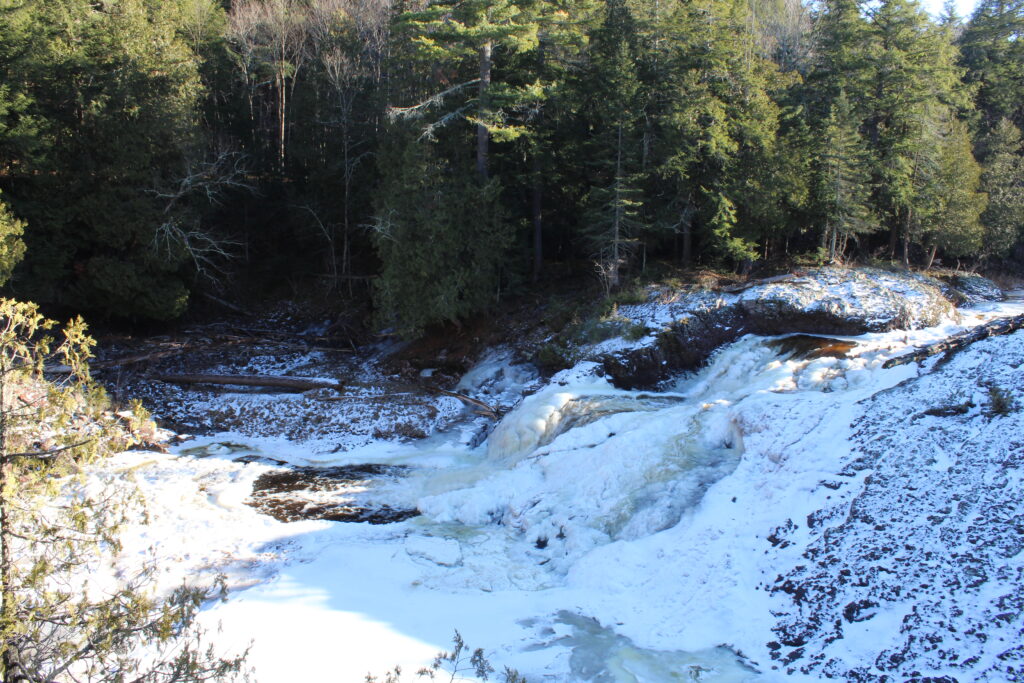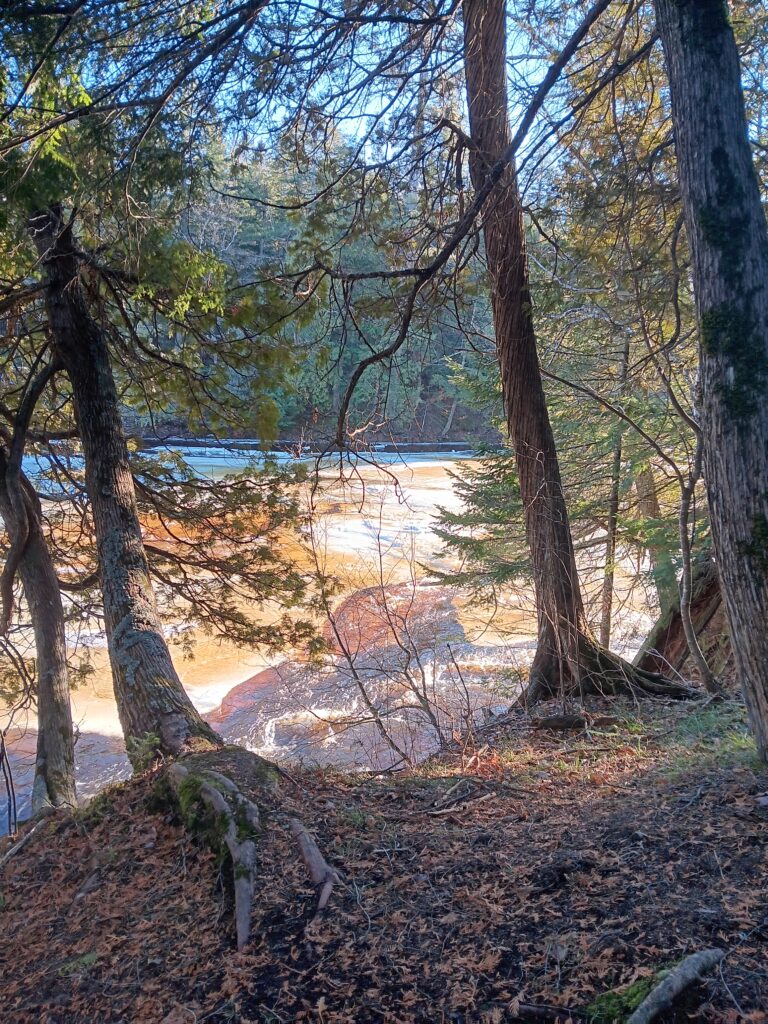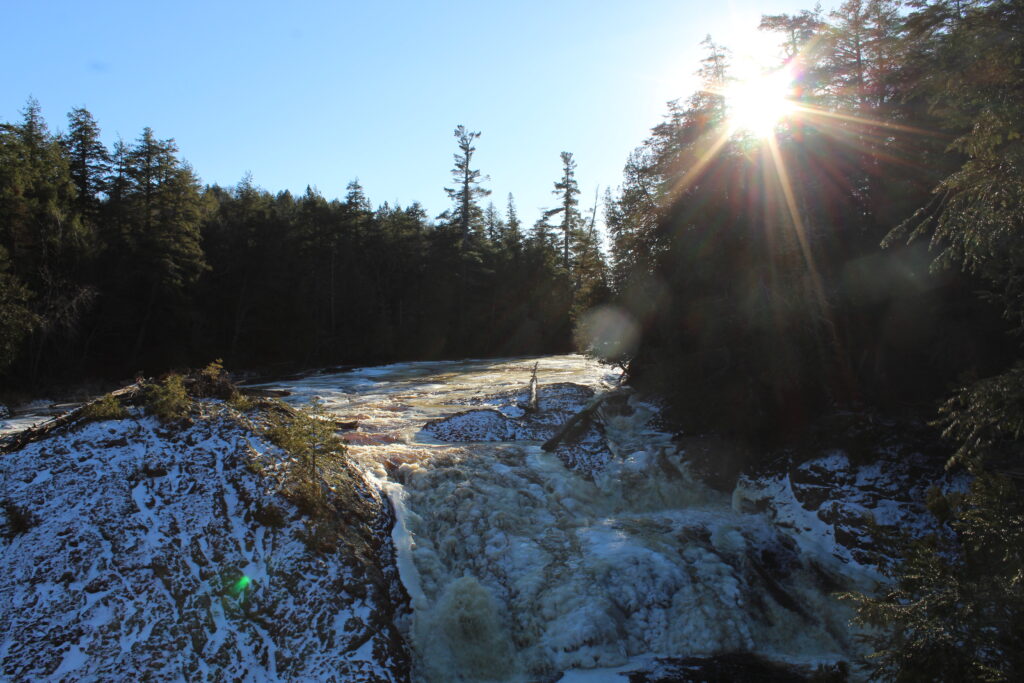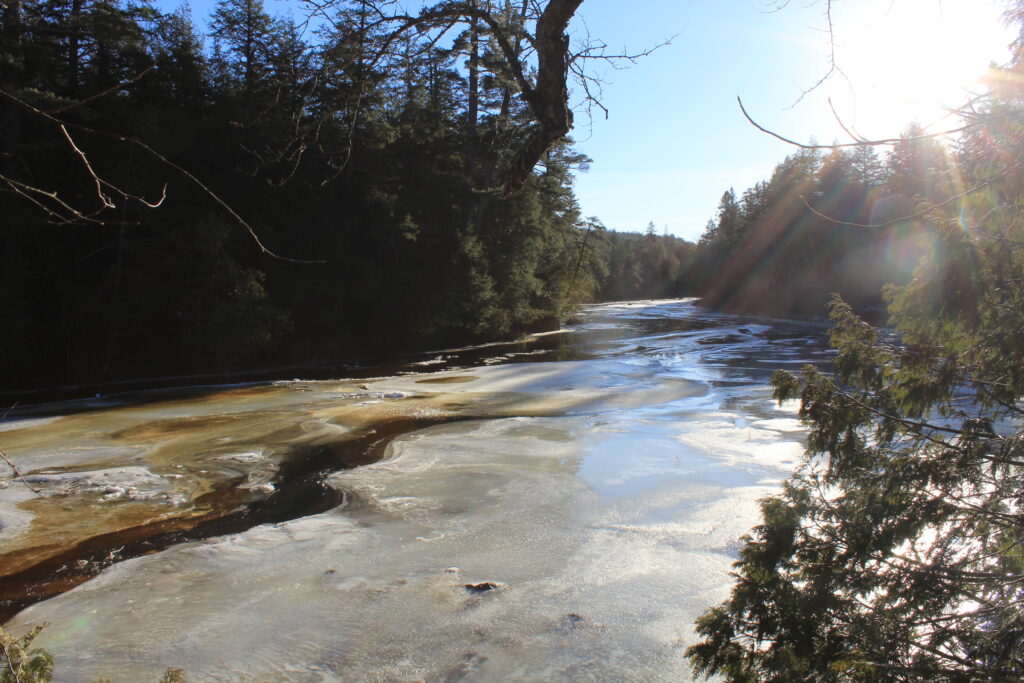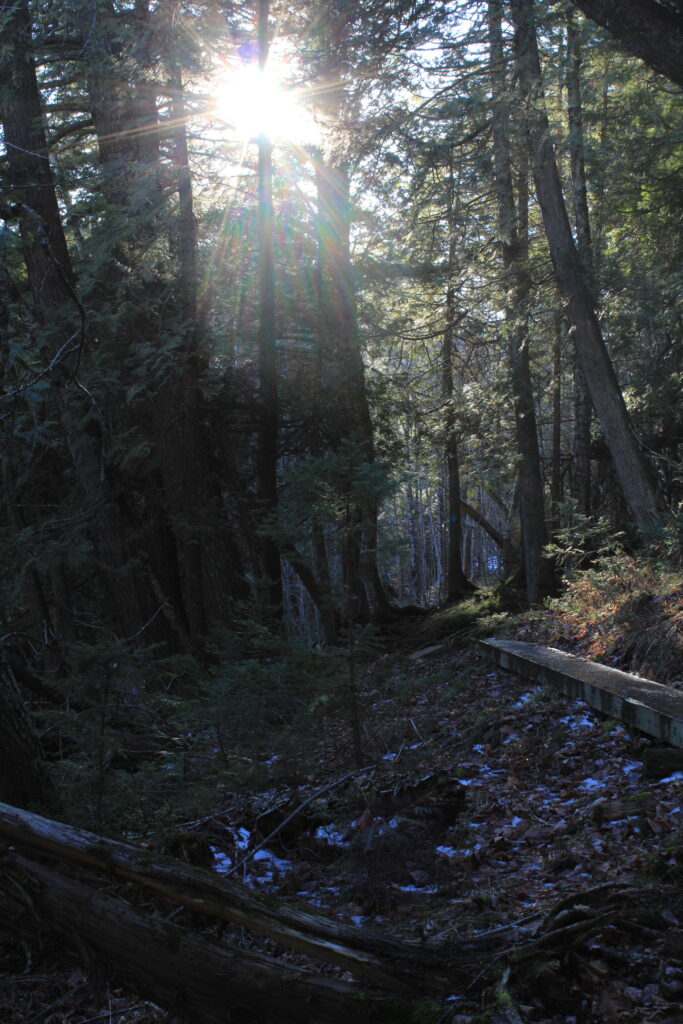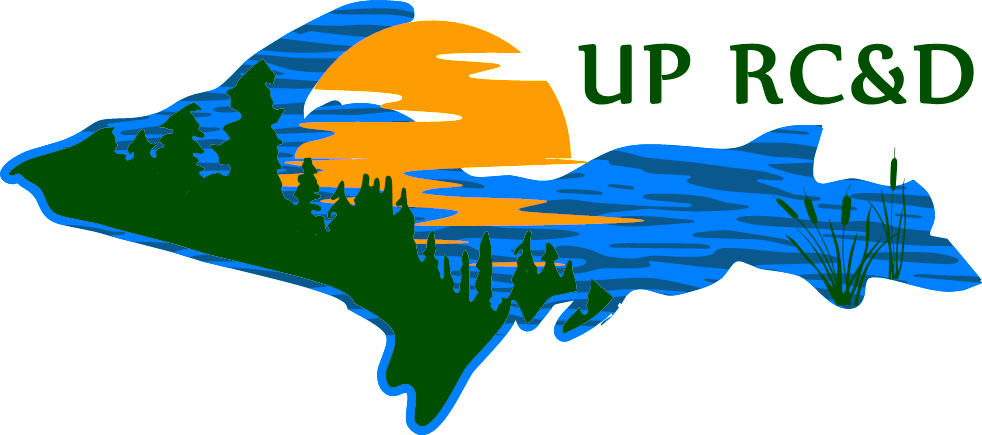Hemlock Woolly Adelgid ID and Info
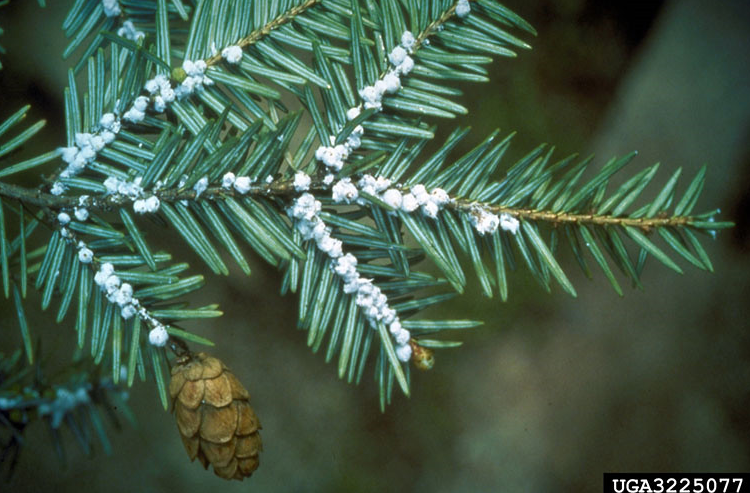
Hemlock Woolly Adelgid (HWA) is a watch list species in Michigan. Found in a few places in the lower peninsula, HWA has not yet been detected in the Upper Peninsula. We are prioritizing early detection surveying to respond to the threat early if found.
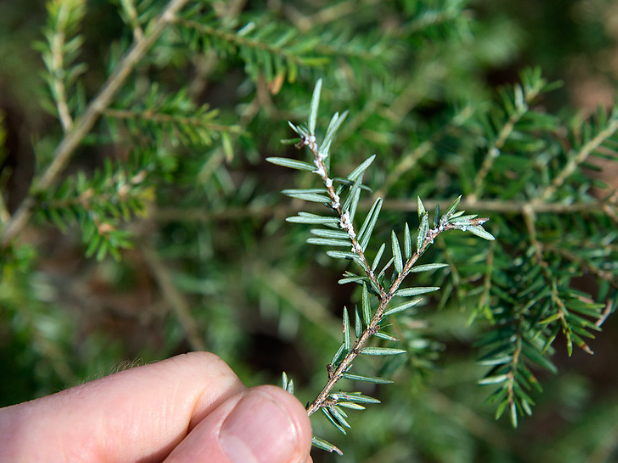
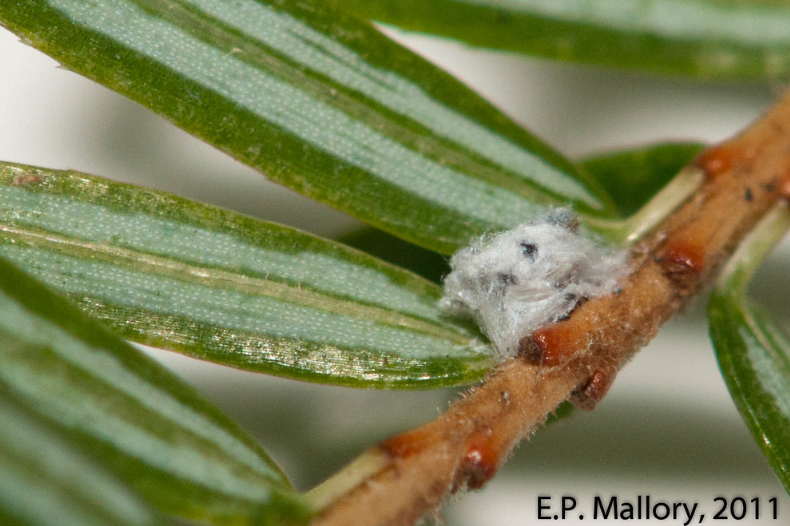
HWA look like small, rounds cotton balls found tucked away on the underside of hemlock branches at the base of the needle. They are 1/16″ to 1/4″ in size and can be hard to notice. HWA are present year-round but most visible November through July in infested locations.
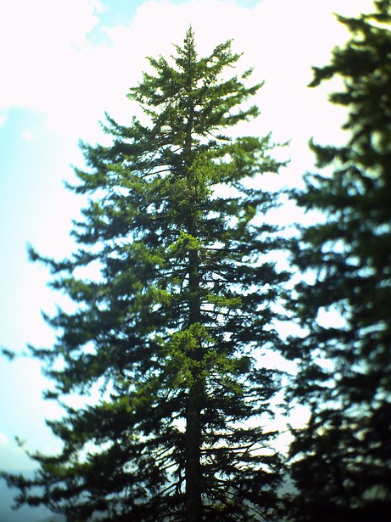
Eastern hemlock (Tsuga canadensis) is a significant component of mesic UP forests. It is a key thermal cover component of Deer Winter Complex and a long-lived conifer whose shade helps maintain the cooler temperatures necessary for healthy salmonid populations in cold water trout streams. It also is a valuable pulp wood resource for the UP’s timber economy. Eastern hemlock in the UP is threatened by the unfortunate continued expansion of HWA, identified near the Lake Michigan shore in central and northern Lower Peninsula. Michigan has an estimated 170 million hemlock trees including extensive hemlock forest in the UP, and protection of the diversity and habitat connectivity of these forests is essential to its ecological and economic health. Therefore, early detection of any HWA in the UP is critical to safeguard the hemlock resource, given its recent detection, spread, and trajectory.
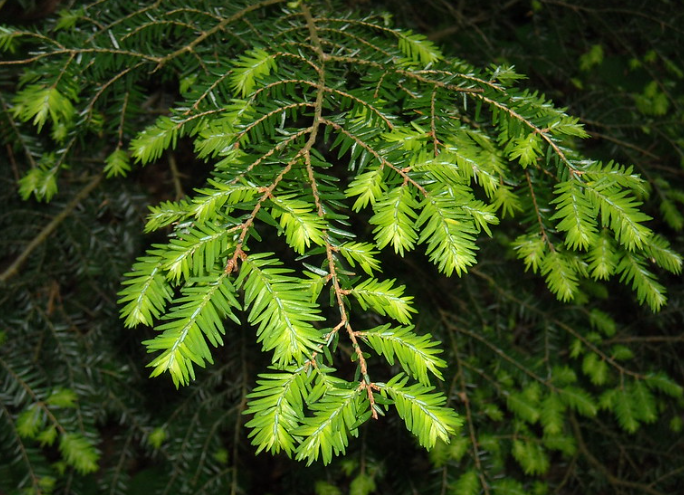
There are over 170 million hemlock trees in Michigan, primarily found in the northern Lower Peninsula and the UP. These trees provide a unique ecosystem that creates thermal cover for wintering birds and mammals, in addition to maintaining necessary cooler water temperatures for healthy salmonoid populations. It also is a valuable pulp wood resource for the timber industry. As Michigan’s HWA infestations continue to spread north, the threat to UP forests on private, tribal, state, and federal lands significantly increases. It is vital to protect what we have before an invasive insect pest can do it’s damage and worsen already compromised ecosystems due to climate change.
